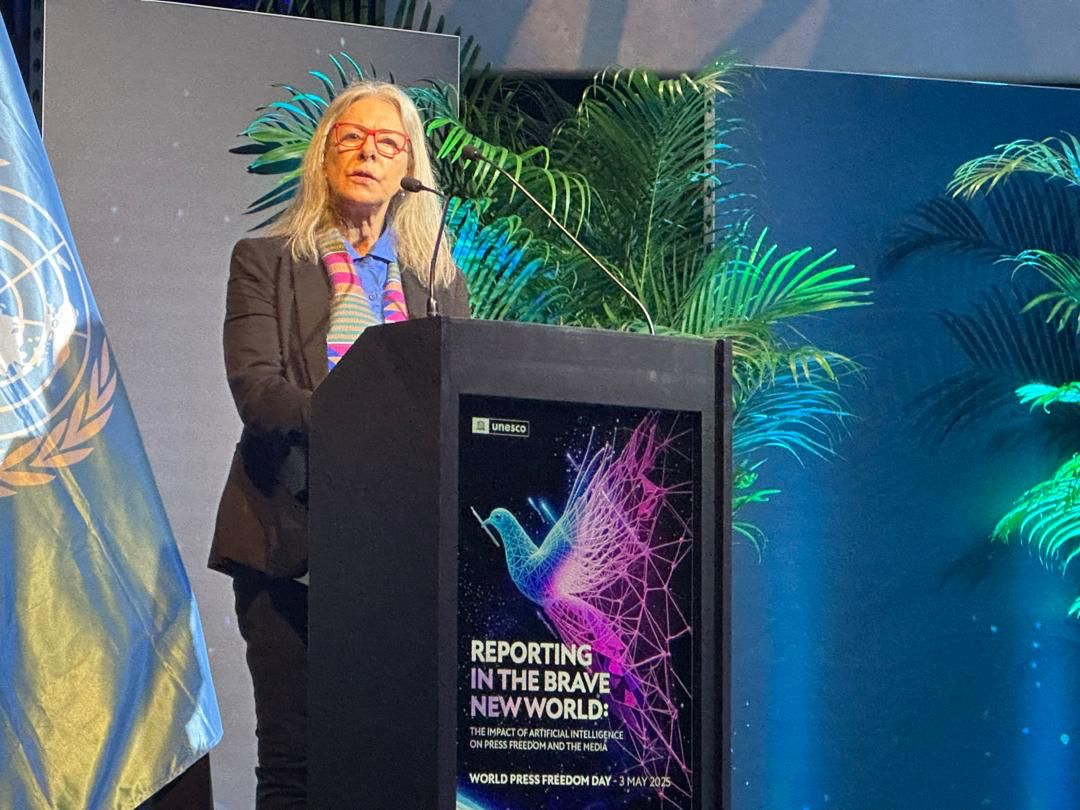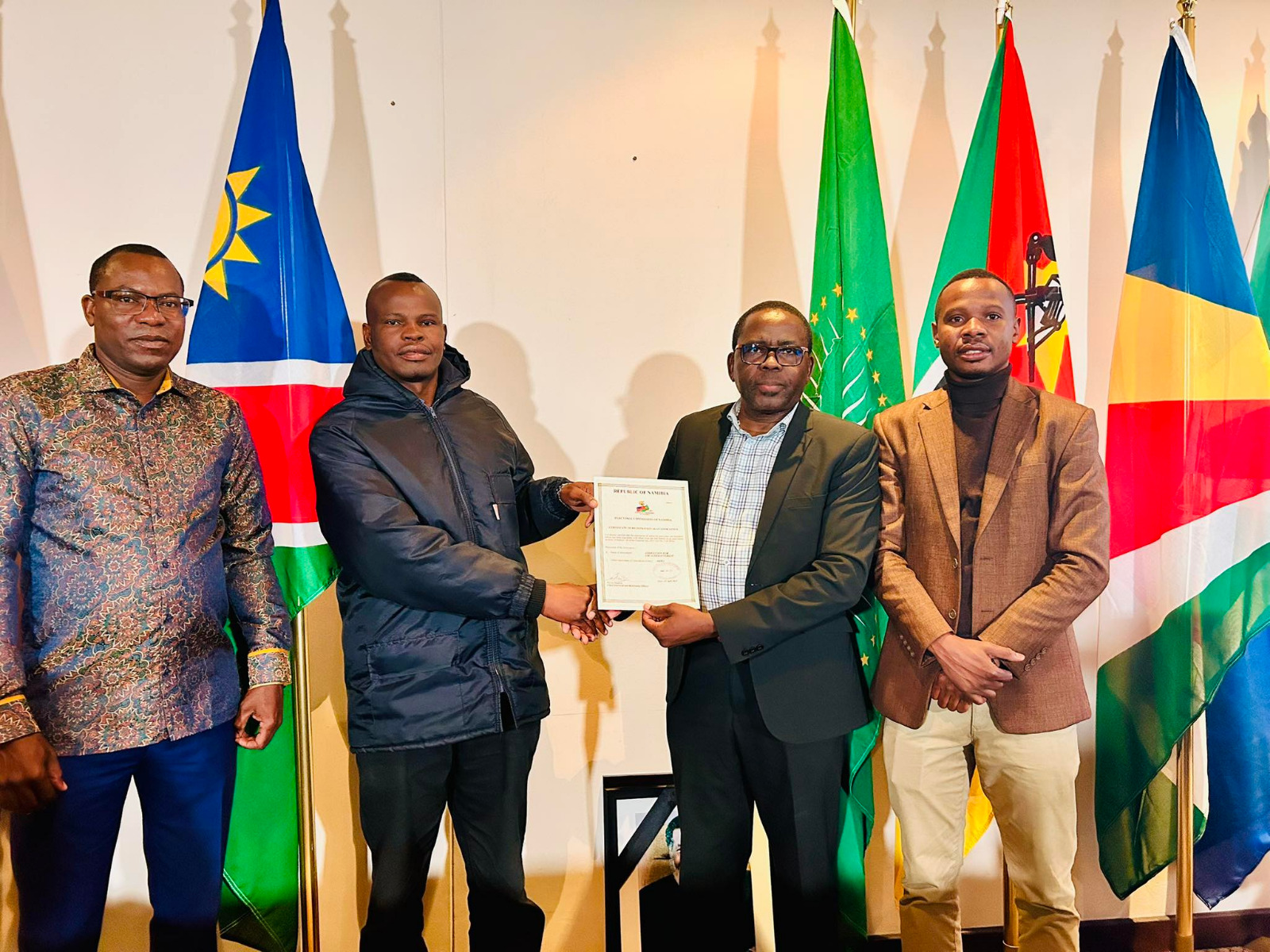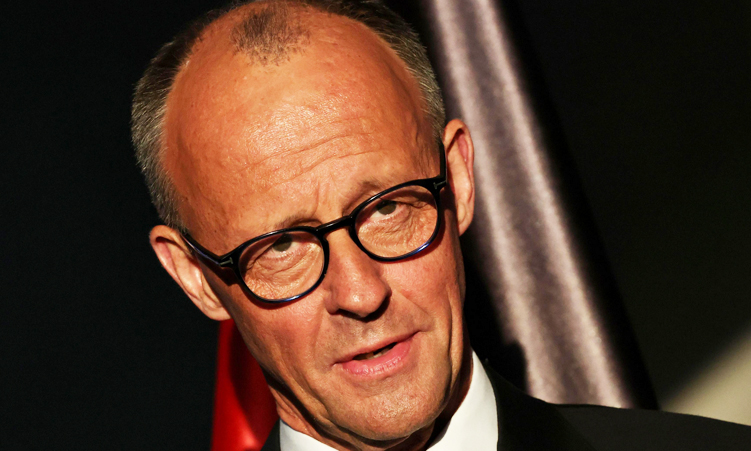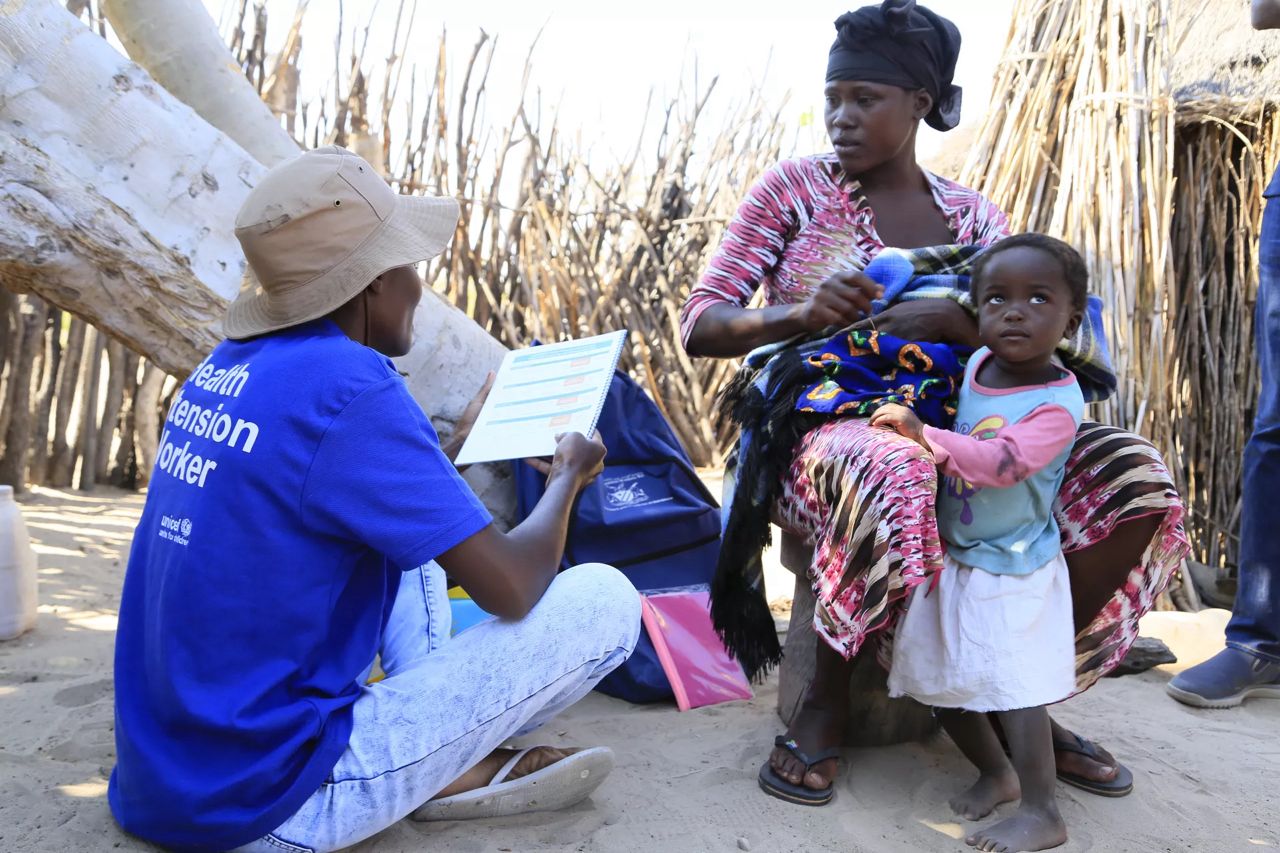THE future of Namibia’s electricity supply security lies in power saving and a mix of different options like solar and wind power, but also biomass like invader bush and small nuclear plants, according to a new study in the wake of an acute power supply crisis in southern Africa.
Presenting their findings at a technical meeting on Thursday, organised by the Renewable Energy and Energy Efficiency Institute (REEEI), several experts presented computer models of the projected costs and benefits of various electricity supply options for Namibia for the next 18 years until 2026, with low, medium and high electricity demand scenarios. The experts looked at solar and wind power, the envisaged Kudu gas plant, the planned Epupa hydropower plant on the Kunene River, coal and nuclear power plants as well as harvesting invader bush species to generate electricity.Namibia has a current electricity generation capacity of 384 megawatt (MW) and imports about 200 MW when necessary.However, the new Skorpion Zinc mine already consumes about 80 MW and more uranium mines want to open over the next two years, requiring even more electricity.It is the first comprehensive analysis ever done in Namibia over such a long period.”The model can be adjusted and updated any time while feeding new figures, statistics and details like currency changes regarding the Namibia dollar to the US dollar or euro and increasing electricity tariffs,” said Harald Schuett, Director at the REEEI.According to Uli von Seydlitz, who conducted detailed cost analyses of the different power options, Namibia would require about double the present power supply in six years’ time.Should there be no noticeable efforts like power saving (demand-side management) through energy-efficient light bulbs, ripple control for water heaters and changes to solar-powered geysers, the demand would be around 750 MW.”Producing electricity from renewable energy sources could contribute 20 per cent of the country’s electricity supply and would create about 7 000 jobs,” Von Seydlitz added.In addition, electricity prices would only increase by about five per cent for consumers.”Demand-side management (DSM) is economically efficient and should be implemented as a matter of urgency,” he stated.According to REEEI coordinator Kudakwashe Ndhulukula, the study would help all stakeholders to make informed decisions.”The lessons learnt from it will be used by policy makers and investors alike in the best interest of our country.”The Director of Energy in the Mines and Energy Ministry, Selma-Penna Utonih, said no power plants had been built in Namibia in the last 30 years and the coal-fired Van Eck plant might be taken off the grid in five years’ time.”Any option for building new power plants will increase the price for electricity in Namibia,” she emphasised.”Such increase will have a negative impact on the economy, because it will increase not only the cost of living but also the cost of production and rendering services.”Utonih proposed to investigate the use of geo-thermal power.”We have hot springs at Gross Barmen, here in Windhoek and in Rehoboth.If we drill a little bit deeper in the right places, we might find sufficient heat in the depth of mother earth to generate electricity.These options can be exploited with proven off-the-shelf technology,” she said.”Instead of spending billions of dollars in building power lines to criss-cross the country we can decide to leapfrog development and implement right away what industrialised countries are now trying to come back to: small, decentralised generation plants close to energy users, thus avoiding unnecessary transmission losses.”The experts looked at solar and wind power, the envisaged Kudu gas plant, the planned Epupa hydropower plant on the Kunene River, coal and nuclear power plants as well as harvesting invader bush species to generate electricity.Namibia has a current electricity generation capacity of 384 megawatt (MW) and imports about 200 MW when necessary.However, the new Skorpion Zinc mine already consumes about 80 MW and more uranium mines want to open over the next two years, requiring even more electricity.It is the first comprehensive analysis ever done in Namibia over such a long period.”The model can be adjusted and updated any time while feeding new figures, statistics and details like currency changes regarding the Namibia dollar to the US dollar or euro and increasing electricity tariffs,” said Harald Schuett, Director at the REEEI.According to Uli von Seydlitz, who conducted detailed cost analyses of the different power options, Namibia would require about double the present power supply in six years’ time.Should there be no noticeable efforts like power saving (demand-side management) through energy-efficient light bulbs, ripple control for water heaters and changes to solar-powered geysers, the demand would be around 750 MW.”Producing electricity from renewable energy sources could contribute 20 per cent of the country’s electricity supply and would create about 7 000 jobs,” Von Seydlitz added.In addition, electricity prices would only increase by about five per cent for consumers.”Demand-side management (DSM) is economically efficient and should be implemented as a matter of urgency,” he stated.According to REEEI coordinator Kudakwashe Ndhulukula, the study would help all stakeholders to make informed decisions.”The lessons learnt from it will be used by policy makers and investors alike in the best interest of our country.”The Director of Energy in the Mines and Energy Ministry, Selma-Penna Utonih, said no power plants had been built in Namibia in the last 30 years and the coal-fired Van Eck plant might be taken off the grid in five years’ time.”Any option for building new power plants will increase the price for electricity in Namibia,” she emphasised.”Such increase will have a negative impact on the economy, because it will increase not only the cost of living but also the cost of production and rendering services.”Utonih proposed to investigate the use of geo-thermal power.”We have hot springs at Gross Barmen, here in Windhoek and in Rehoboth.If we drill a little bit deeper in the right places, we might find sufficient heat in the depth of mother earth to generate electricity.These options can be exploited with proven off-the-shelf technology,” she said.”Instead of spending billions of dollars in building power lines to criss-cross the country we can decide to leapfrog development and implement right away what industrialised countries are now trying to come back to: small, decentralised generation plants close to energy users, thus avoiding unnecessary transmission losses.”
Stay informed with The Namibian – your source for credible journalism. Get in-depth reporting and opinions for
only N$85 a month. Invest in journalism, invest in democracy –
Subscribe Now!










